Remote Learning (COVID-19 Pandemic)
School: Clayton Elementary
K-1
Color PAtterns
Using our previous knowledge of primary and secondary colors, student artists design a rainbow using patterns out of emoji’s. Reviewing different types of patterns, students practice making ABAB patterns, AABB patterns, ABC patterns, and investigating other pattern types. In this process, students also identify the color in an emoji and where it belongs in the rainbow as well as in the pattern.
Not A Stick
Students listened to a read aloud video of “Not A Stick” by Antoinette Portis. Students then found their own sticks to transform. Once they transformed their sticks, students told the story of their Not-A-Stick by either making a video or by writing out their imagined story.
video lesson here












Found Object Self Portrait
Students first identified unique traits about themselves. Next, students collected objects found around their homes that could be arranged to make a face that represents themselves. In a video format, student artists presented their ideas by explaining how their portrait represents themselves and what materials they used.
Video Lesson Here











Recycled Crowns
Using either objects found in their homes or recycle-able materials, students designed and constructed crowns that they can actually wear. While wearing their crowns, student artists then presented their process in a video format by sharing what materials they used and the steps they took to transform them.
video lesson Here











Toy Stories
Inspired by photographer Gabriele Galimberti and his book “Toy Stories”, students neatly arrange their favorite things for a self portrait. By arranging toys in neat rows and organized patterns, students communicate how special their prized possessions are to them.
Video lesson here









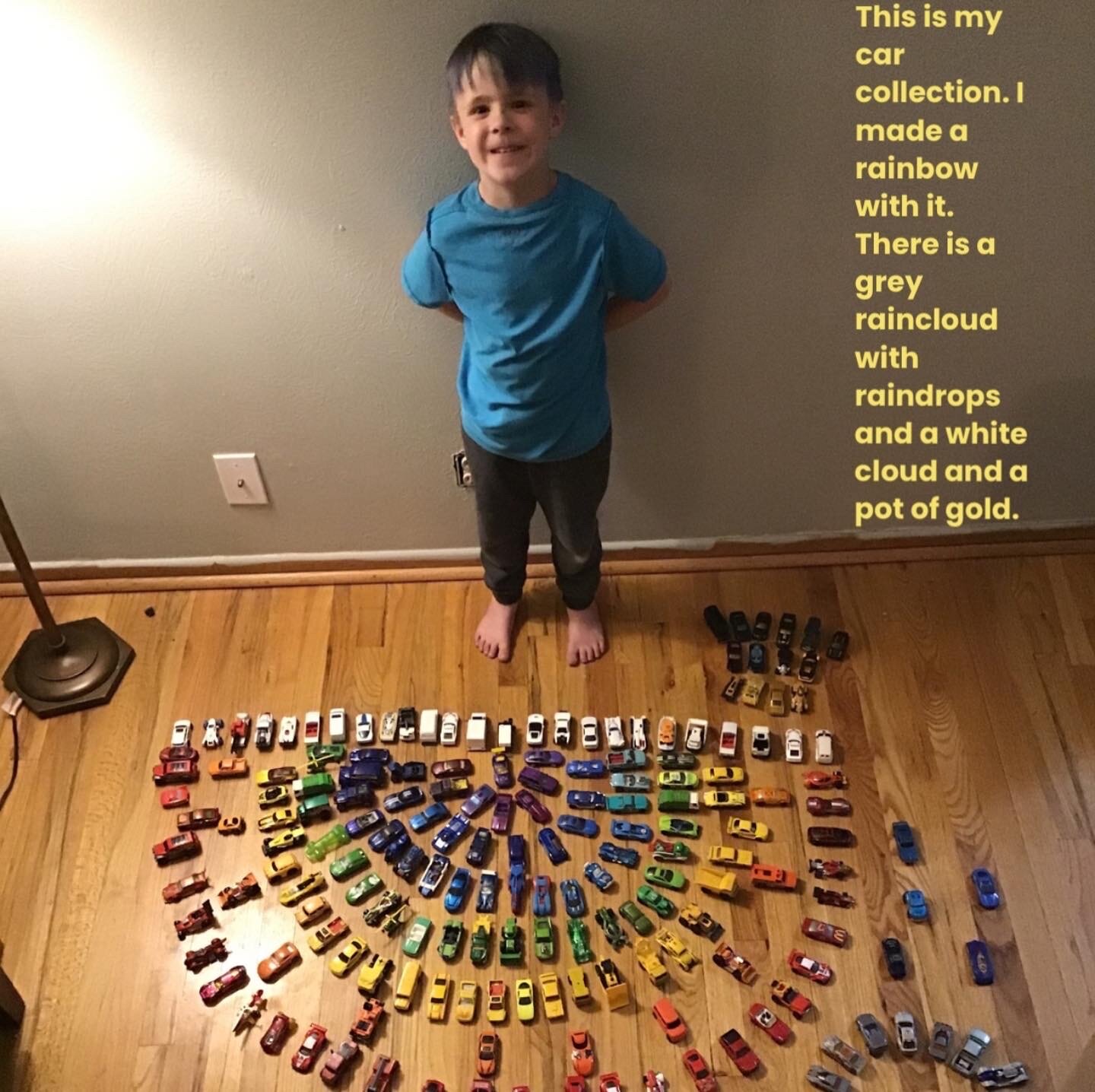




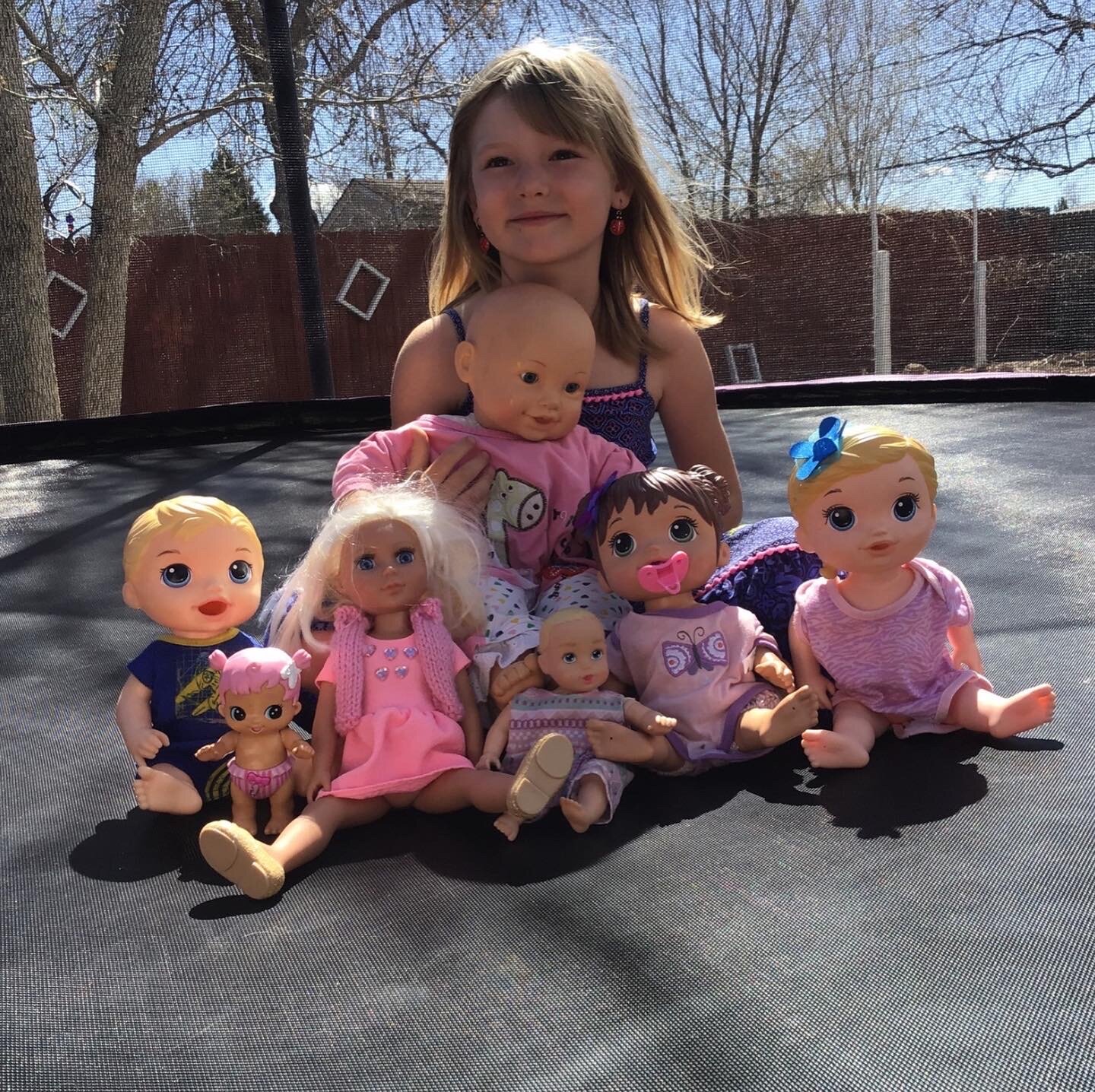
Dot Photo Transformation
Inspired by The Dot by Peter H. Reynolds, students find their own dot to photograph. Using photo editing tools for drawing, students then alter their dot into something other than it was but still used that dot shape, transforming it into something new!

















Virtual Scavenger Hunt
Students are encouraged to use observational skills to locate as many of the things listed on the scavenger hunt as they can. They then record using their camera what they are able to find and match it to the item on the list.
2-6
Found Object Color Wheel
After practicing color theory using the color wheel worksheet provided, students go “color shopping” around their homes for at least 5 objects of each primary and secondary color and as many tertiary colors as they can find. Inspired by instagram artist Julie Ream, objects collected are themed as much as possible to create unity in the images. Student artists then use their worksheet like a map for arranging their found objects on a neutral background into a color wheel.
Video Lesson Here
Rubric & Worksheet Here














#Between Art And Quarantine
Answering the challenge from art museums around the world, students recreated famous artworks using objects found in their homes. Students were given 5 masterpiece options: The Mona Lisa, The Scream, The Sleeping Gypsy, Sunflowers, or to research their own selection. Before starting, students make a list of 5 details they will focus on recreating. Students are also introduced to the concept parody and practice mimicking a style with slight differences for added humor.
Video Lesson Here
Rubric Here



















Forced Perspective Photography Game
Students first study the traditional perspective uses of background, middleground, and foreground. They are then given the challenge to use this tool in a non-traditional way to either 1. make themselves look like giants or 2. make an object look larger than life. After breaking down the formula for how to get each effect, they then face the challenge of doing this with their chromebook camera and potentially without a second person there to help take the photo.
Video lesson here
rubric here











Making Friends
Taping into previous knowledge of the Wonder Society explorations and illustrator/author Keri Smith, students conducted a new exploration in which they made a face out of an every day objects and 2 eyes. Students did this 3 times and then introduced their new friends in a slideshow presentation showing their friend, their friend’s name, and what they found them as.
Video Lesson here
rubric here













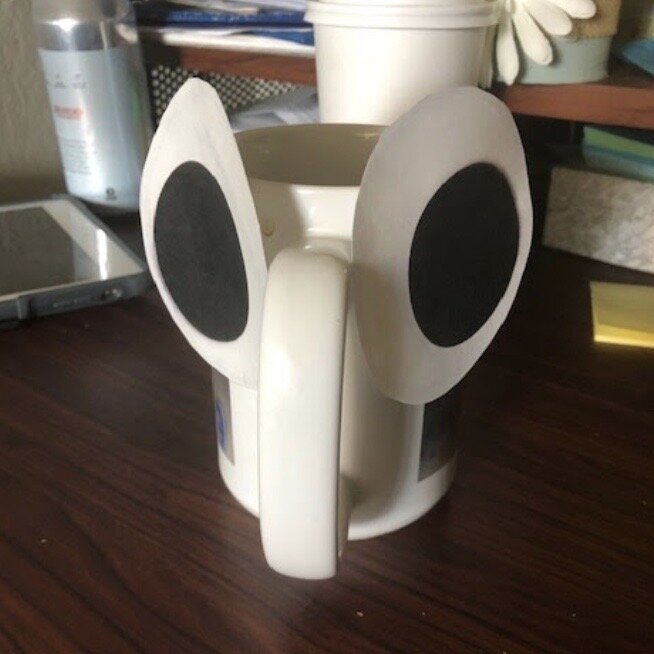


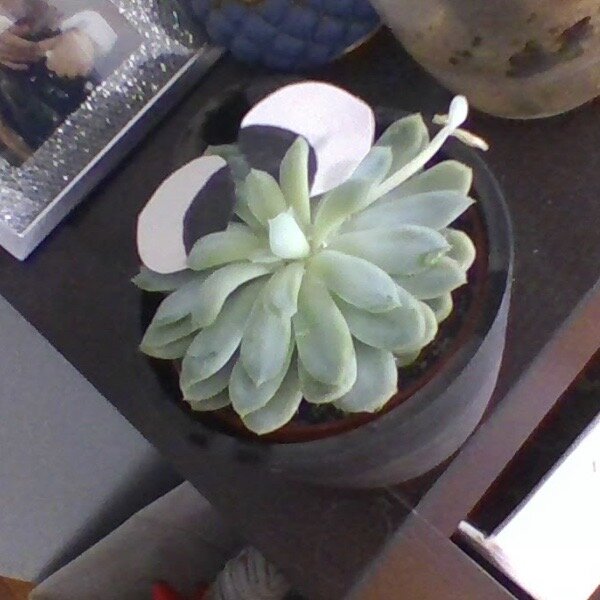





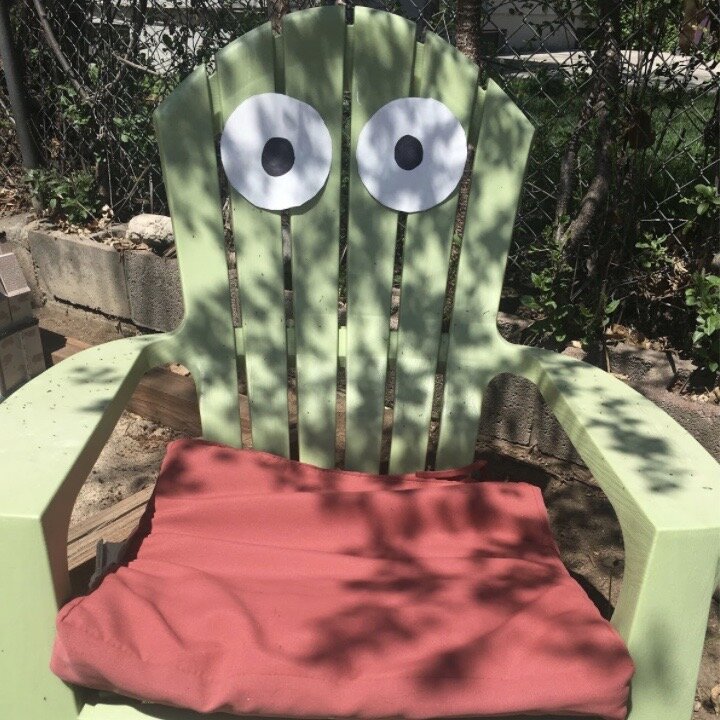








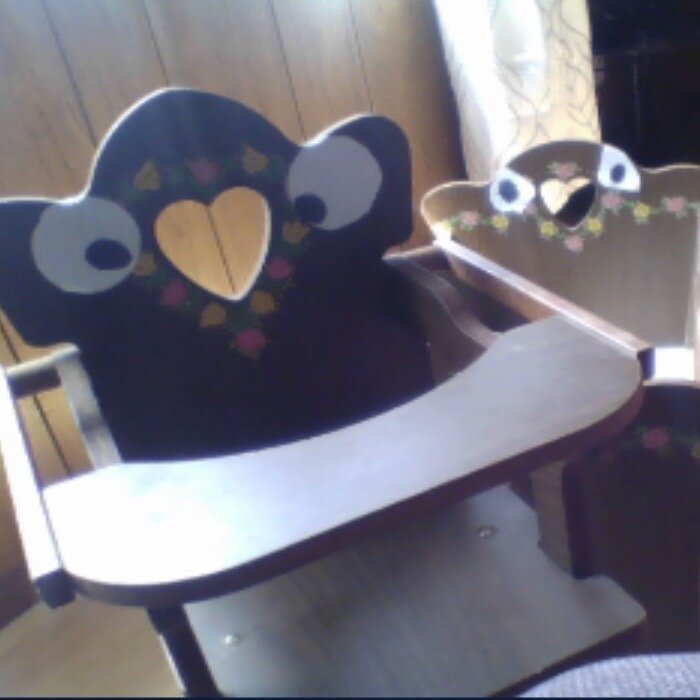

Miniature Art Gallery
Inspired by a quarantine couple’s Art Museum for their pet Gerbils (complete with gerbil versions of famous masterpieces) student artists set out to open their own miniature gallery shows. First, students created at least 3 pieces of art no bigger than their hand. Then we worked on presenting artwork in a professional way using frames and labels for each piece. Once their artwork had been prepared, it was then displayed in a mini art gallery opining, perfect for toys and small pets to celebrate the arts!
Video lesson here
Rubric here











Nature Sculpture
Inspired by Environmental Art and artist Andy Goldsworthy, students set out to leave a sculpture out of natural materials somewhere it can make an impact on their community. Students are asked to reflect on where nature sculptures are most prevalent in the everyday life of their community before setting out to make their own.
Video lesson here
rubric here





























